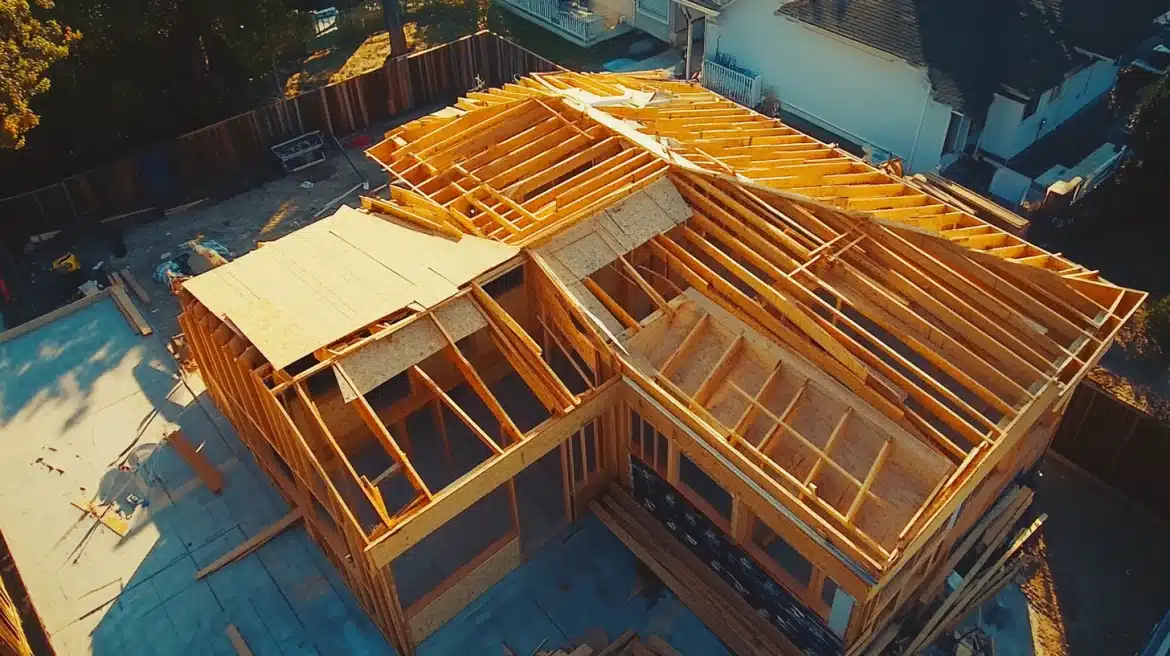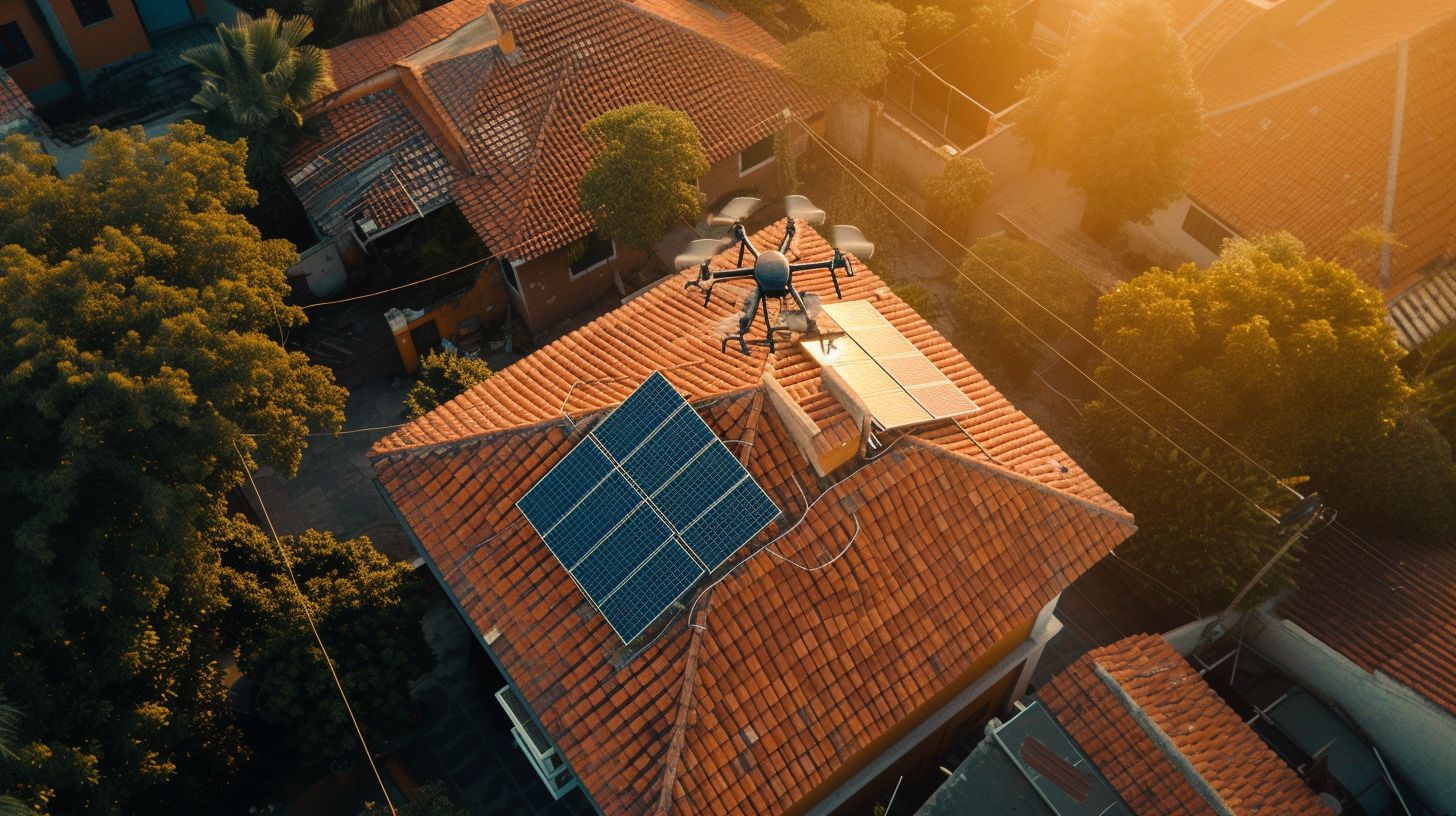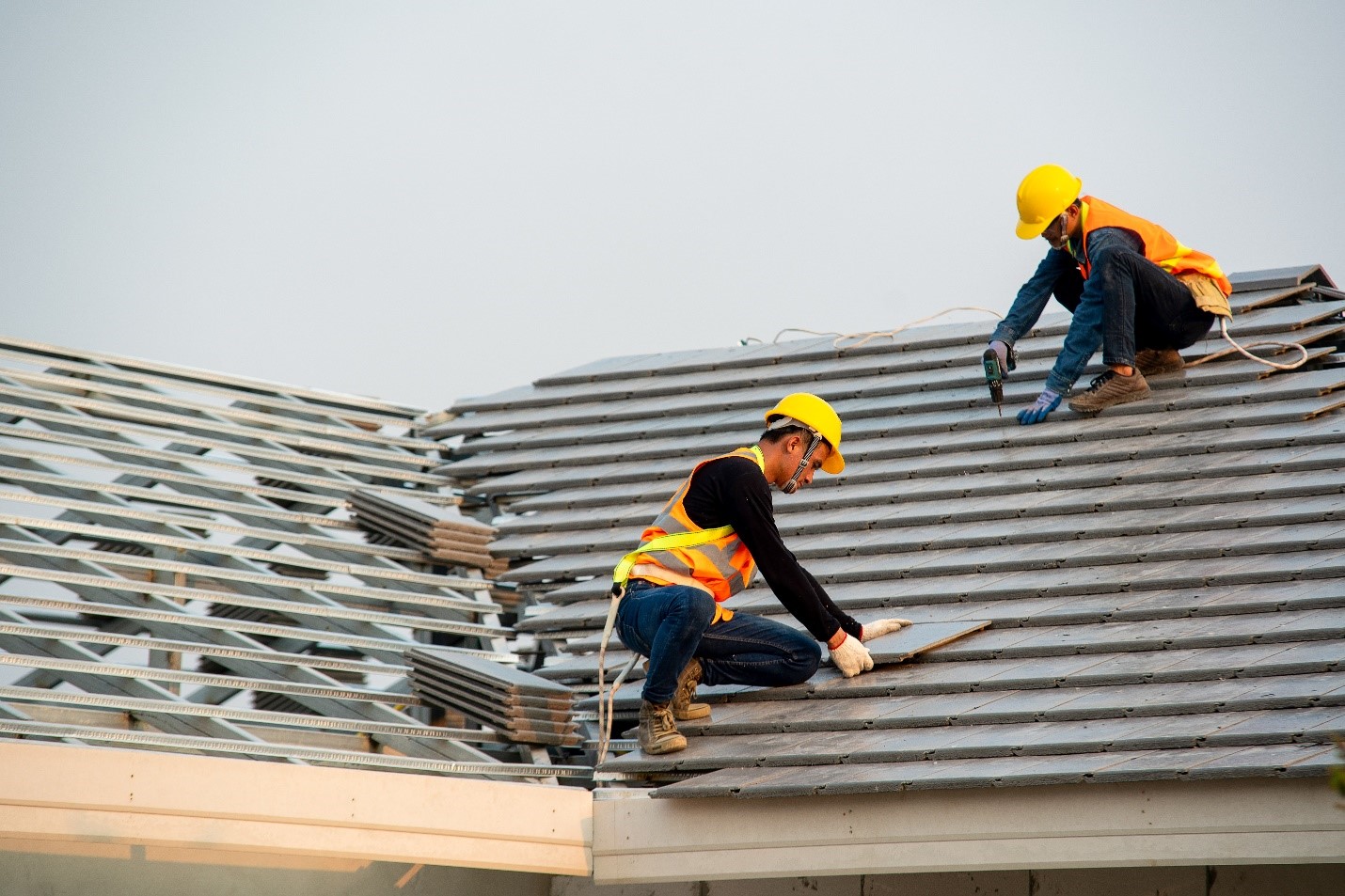Jump-form construction transforms how homeowners and contractors approach roofing projects, especially in multi-story buildings and complexes. Unlike traditional construction techniques that often rely on cumbersome scaffolding and time-consuming processes, jump-form technology streamlines construction, offering many benefits that can enhance overall project outcomes. In this article, we’ll explore how jump forms revolutionize roofing projects, from speeding up the building process and boosting safety to providing cost-effective solutions.
Discover why this innovative approach is the go-to choice for efficient and successful roofing construction.
What is Jump Form?
Jump-form construction is a building technique, like slip-form, that involves traveling formwork. It involves a progression of levels or concrete “pours”, where the mold used to shape concrete is systematically raised or “jumped” to the next level as each story is completed.
This method is used for constructing high-rise buildings, as it allows for continuous vertical construction without scaffolding or other traditional methods.
Jump-form technology is increasingly used to streamline roofing projects, particularly when constructing large-scale roofs requiring multiple levels of concrete work. Using jump form technology, builders can efficiently move from one level to the next, maintaining a smooth workflow and reducing downtime.
Efficiency and Speed in Roofing Projects
One of the most significant advantages of using jump form in roofing construction is the efficiency it brings to the project. As a building project is coming out of the ground, many traditional roofing methods can be time-consuming, often requiring extensive support structures that can slow down the process.
Jump form technology eliminates the need for such platforms, allowing for a faster construction timeline as the concrete is poured for each building’s story level.
The ability to complete one level before the next means that construction teams can complete projects more quickly. This, in turn, helps reduce labor costs and meet tight deadlines. This increased speed is invaluable for roofing projects, especially in large-scale developments where time is of the essence.
Enhanced Safety with Jump Form
Safety is always a top priority in construction, and jump form technology excels in this area. Traditional scaffolding methods can pose various risks, including falls, collapses, and other accidents. Jump-form construction, on the other hand, provides a safer working environment by reducing the need for ladders and minimizing the risk of falls from height.
Additionally, the controlled formwork environment created by jump form systems ensures workers are protected from wind and rain, further enhancing on-site safety. For roofing teams, this means fewer accidents and a safer overall working environment, which is critical for their well-being and the project’s success.
Enhanced Construction Quality
Jump-form construction significantly enhances structural integrity by providing a consistent and stable framework throughout the building process. Unlike traditional methods that may require frequent adjustments or temporary supports, jump form systems are designed to maintain a uniform structure as they are moved upward.
This continuous support helps ensure that the concrete cures properly and uniformly, reducing the risk of defects such as cracking or uneven surfaces. The precision of jump formwork ensures that each level of the building is aligned correctly and maintains its strength, contributing to a more robust and durable final structure.
Flexibility in Design and Application
Jump form construction offers remarkable flexibility, adapting to various architectural designs and structural requirements. To support this adaptability, many professionals utilize estimating services for builders to ensure accurate budgeting and efficient resource allocation. This technology allows for custom formwork configurations to accommodate unusual building shapes and sizes, providing architects and builders with greater creative freedom.
Whether for complex geometric roofs or intricate building facades, jump form can be tailored to meet specific design needs, ensuring that even unconventional projects are executed with precision and efficiency.
Reduced Site Disruption
One of the often overlooked benefits of jump form construction is the reduction in site disruption, by ensuring the concrete pour only takes a day out of the timeline as the building project progresses. Traditional construction methods often involve extensive scaffolding and temporary structures, which can clutter the site and impact surrounding areas.
Jump formwork on the other hand, minimizes the need for external supports, leading to a cleaner and more organized work environment. They also help maintain a safer and more efficient construction process while reducing the impact on neighboring properties.
Improved Worksite Productivity
With jump-form construction, the continuous and systematic approach to building allows for better coordination among various trades and construction teams. Since the formwork can be reused and adjusted as needed, there is less downtime between construction phases.
This streamlined process leads to enhanced productivity on-site, as teams can work more efficiently and collaboratively without delays caused by setting up and dismantling scaffolding or other temporary structures.
Cost-Effectiveness and Long-Term Benefits
In addition to improving efficiency and safety, jump-form construction offers significant cost savings. By speeding up the construction process, jump form reduces labor costs and shortens project timelines, leading to lower overall expenses. The reduced need for scaffolding means fewer materials and equipment costs.
The long-term benefits of jump-form technology extend beyond just cost savings. With fewer accidents and a safer working environment, roofing projects are less likely to experience delays due to injuries or safety concerns. This not only improves project profitability but also contributes to a more positive workplace culture where workers feel valued and protected.
Fump-form construction aligns with sustainable building practices. The reduced need for rafts and scaffolding means less waste and a smaller environmental footprint. For construction companies looking to enhance their sustainability efforts, jump form technology offers a more environmentally friendly approach to building.
Jump Form Rescue Training
While jump-form construction significantly improves safety, it’s still essential to be prepared for emergencies. In the unlikely event of an accident, having the skills to perform a rescue is crucial. This is where Jump Form Rescue training comes into play.
These courses usually cover everything from emergency response planning to the practical application of rescue techniques, ensuring that construction teams are fully prepared to handle any situation.
By participating in Jump Form Rescue training, workers can enhance their safety skills and contribute to the overall preparedness and safety culture on-site. This training is an investment in the well-being of the entire team, ensuring that everyone knows how to respond effectively in an emergency.
Jump Form Training for Safe Workplaces
Jump form construction is revolutionizing the way roofing projects are completed, offering unparalleled efficiency, safety, and cost-effectiveness. By embracing this technology, contractors can streamline their processes, reduce risks, and save on costs—all while delivering high-quality results.
With its ability to accelerate project timelines, enhance structural integrity, and improve overall construction quality, jump form technology stands out as a valuable tool for large-scale and complex constructions.
If you’re planning a roofing project, especially one with demanding requirements or tight deadlines, considering jump form technology could be a game-changer. Its benefits can lead to a more efficient construction process, a safer working environment, and, ultimately, a superior finished product.



